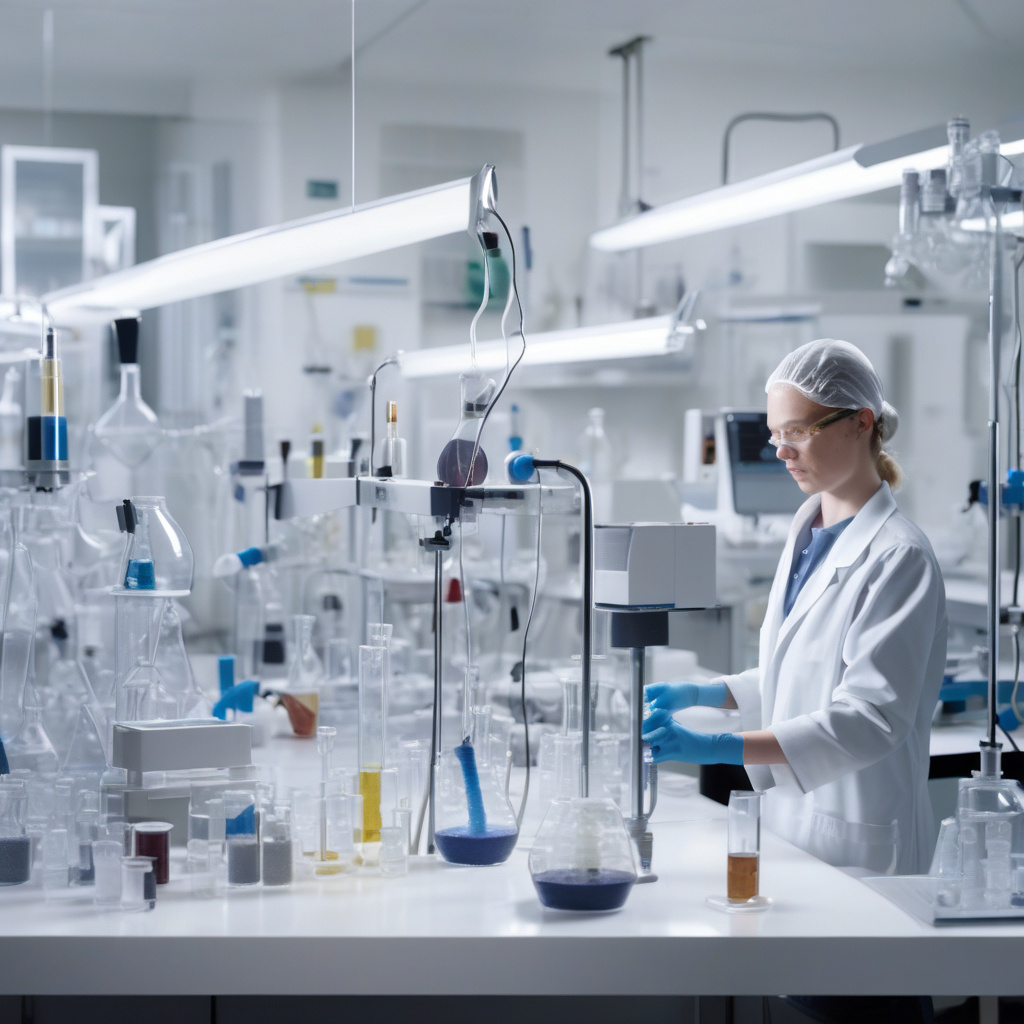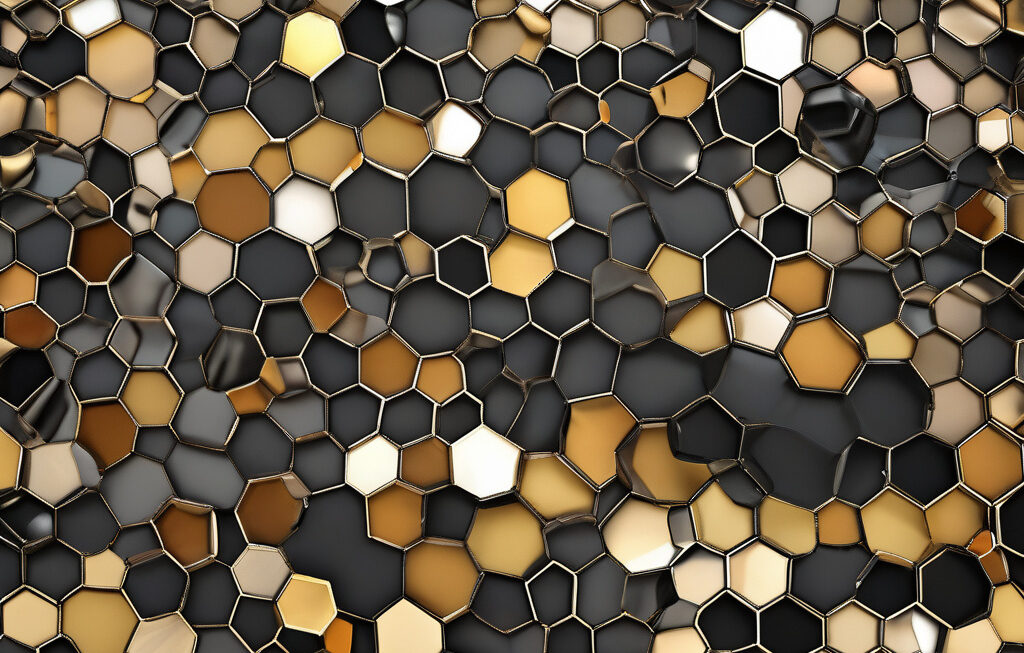The Future of Electronics: Superplastic That Bends, Powers, and Degrades
In a major step toward cleaner electronics, Case Western Reserve University scientists have created a groundbreaking superplastic material that possesses remarkable properties. This innovative material not only bends like rubber but also has the power to drive electronic devices, transforming the landscape of technology. What sets this material apart is its ability to degrade cleanly, addressing the pressing issue of electronic waste and paving the way for a more sustainable future.
The development of this new superplastic marks a significant advancement in the field of materials science. Traditional electronics often rely on rigid materials that are not environmentally friendly and can be challenging to dispose of responsibly. In contrast, this superplastic offers a flexible and eco-friendly alternative that promises to revolutionize the way electronic devices are designed and manufactured.
One of the key features of this superplastic is its rubber-like flexibility, allowing it to bend and stretch without losing its functionality. This flexibility opens up a world of possibilities for the design of electronic devices, enabling the creation of products that are not only more durable but also more versatile. Imagine smartphones that can bend and flex without breaking or wearable devices that conform seamlessly to the contours of the body – all made possible by this innovative material.
Furthermore, the superplastic’s ability to power electronic devices represents a major breakthrough in energy efficiency. By harnessing the material’s unique properties, researchers have demonstrated its potential to generate and store energy, eliminating the need for traditional power sources such as batteries. This not only reduces the environmental impact of electronic devices but also opens up new opportunities for the development of self-powered technologies.
Perhaps the most remarkable aspect of this superplastic is its ability to degrade cleanly at the end of its lifecycle. Unlike conventional electronics, which often end up in landfills or incinerators, this material can be easily broken down into non-toxic components, minimizing environmental pollution. This feature is crucial in the fight against electronic waste, as it offers a sustainable solution for disposing of obsolete devices without harming the planet.
The implications of this new superplastic are far-reaching and hold the potential to revolutionize the electronics industry. As consumers and manufacturers alike become increasingly concerned about the environmental impact of technology, materials like this superplastic offer a glimpse into a greener and more sustainable future. By embracing innovative solutions that prioritize both performance and eco-friendliness, we can pave the way for a new era of cleaner, more efficient electronics.
In conclusion, the development of this superplastic material represents a significant milestone in the quest for sustainable electronics. With its unique combination of flexibility, power generation, and clean degradation, it embodies the principles of innovation and environmental responsibility. As researchers continue to explore the possibilities of this remarkable material, we can look forward to a future where technology not only advances but does so in harmony with the planet.
electronics, superplastic, sustainable, innovation, technology












